February 9, 2023 – Pretoria, South Africa
Three weeks before we were set to embark on this trip to Africa, I had a medical emergency which necessitated a trip to the Emergency department of our local hospital. My condition (don’t ask, you really don’t want to know) was far from life-threatening but it required immediate treatment.
Say what you will about the Canadian medical system, but within 24 hours I had been attended to by a highly trained physician, been diagnosed by man and machine, and prescribed medications that were subjected to years of rigorous clinical testing to prove their effectiveness.
This happened on a Sunday. By Thursday I was dancing in the street.
I tell you this story only to set up a comparative to medical treatment in Africa. We are heading into rural South Africa today, then on to Zimbabwe and Botswana for ten days. In these areas, and much of sub-Saharan Africa, medical treatment is dispensed by traditional methods.
I am going to insert one of those annoying little disclaimers here: What you are about to read is not the result of fact-checked or peer-reviewed research. The “facts” I am about to present are gross generalizations. Most of the information is drawn from that wizardry we call the Internet. Medical traditions in Africa are complex and vary from region to region. I don’t intend to tell any outright lies, but you would be well-advised to self-prescribe a grain of salt, before you rely on anything I am about to write. In other words, you can’t believe a word I say.
Sangomas (spiritualists) and Inyanga (herbalists) are relied upon for medical treatment in most of rural Africa. Traditional healers outnumber bio-medical professionals by a ratio of approximately 8:1.
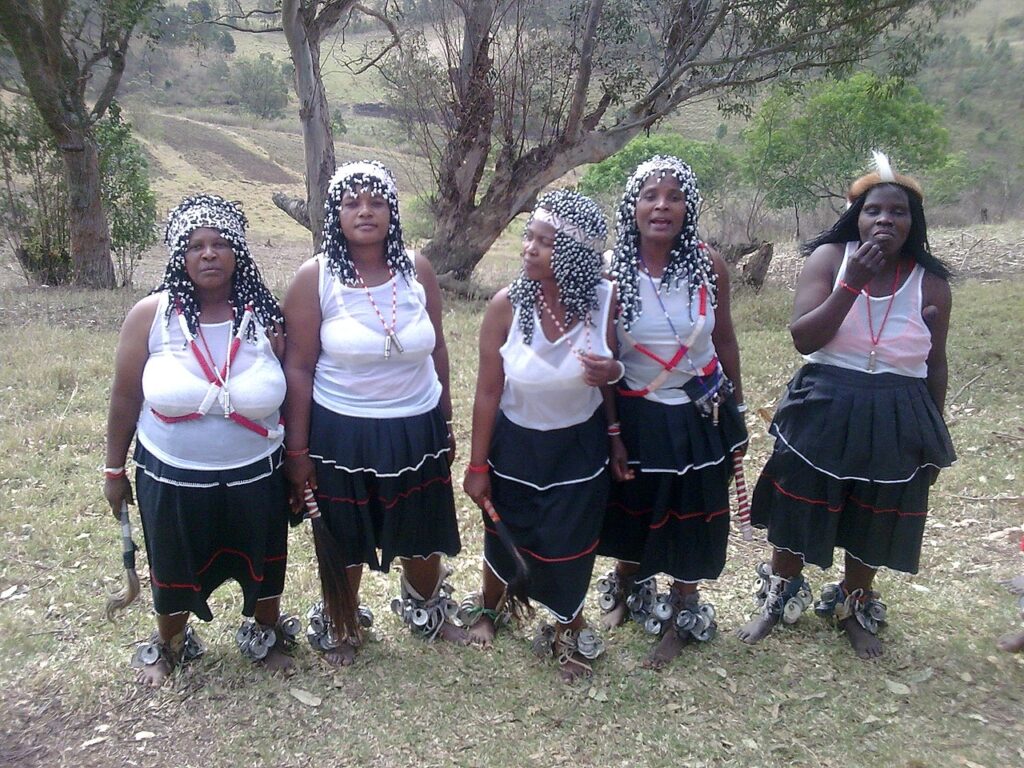
A group of Sangoma practitioners in KwaZulu-Natal.
For 60% of southern Africans, traditional medicine is the only treatment available.
The scope of the practice of medicine in rural Africa is much broader than what western societies categorize as medical treatment. Physical ailments, mental health, and addiction are treated by Sangomas, but so are spiritual ailments, birth and death rituals, conflict resolution, and weather prediction. Sangomas are relied upon for medical services as broad as curing cancer, to finding lost cows.
Diagnostics often involves bone-throwing, where animal bones are tossed, either by the Sangoma or the patient. The pattern formed by the bones is interpreted by the Sangoma and medical remedies are dispensed according to their interpretation. Dream interpretation is also heavily relied upon to determine the source of a patient’s ailment.
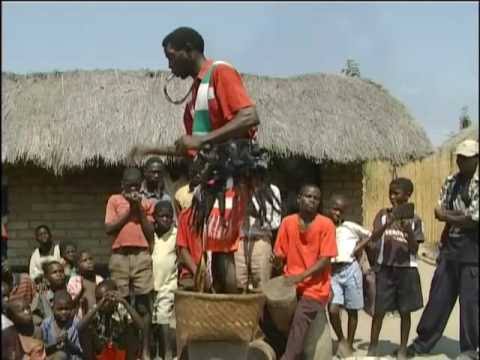
Other diagnostic techniques involve trance-like chanting and dancing.
The cause of disease, medical or spiritual, falls into three broad categories: witchcraft, pollution (contact with impure objects), and detachment from the ancestors. Within each of these categories there are myriad causes of ailments. A neighbour may have cast a spell because her chicken was found in your pot. You could have been in contact with a frog, or a forbidden plant, and are contaminated by their spirit. Disassociation with one’s ancestors causes any number of ailments, from alcoholism to warts.
Bone-throwing and interpretation is a popular diagnostic technique among Sangoma.
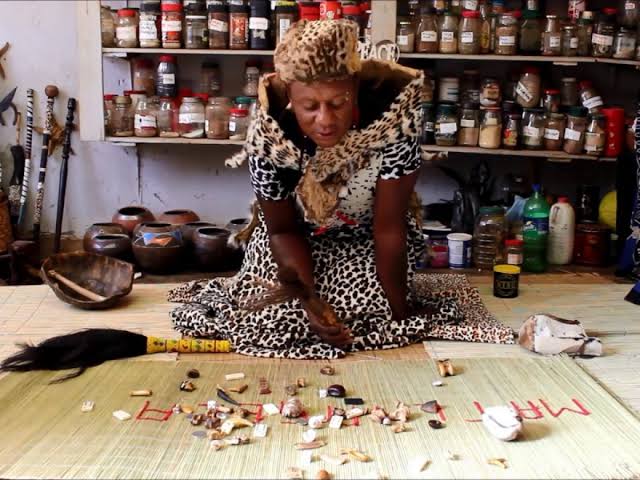
As in western medicine, where doctors work closely with pharmacists, Sangoma rely on Inyanga, who are trained in the collection, preparation, and prescription of herbal remedies.
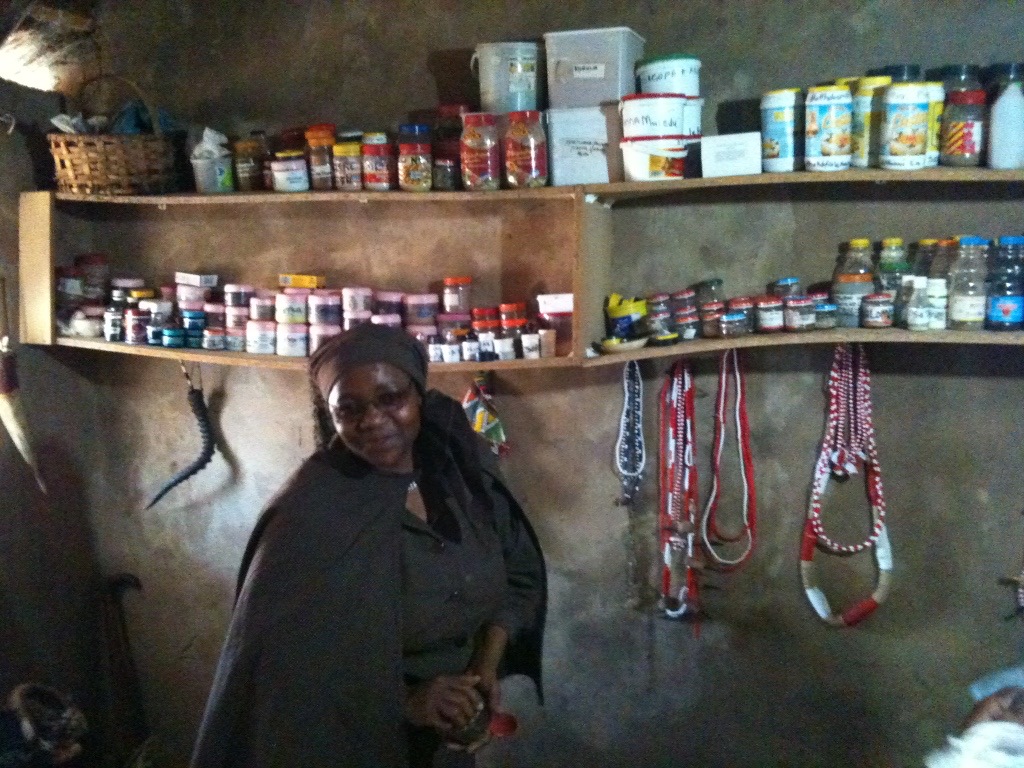
Inyanga collect plant and animal substances, in hundreds of forms. They dry, process, and blend these ingredients, and prescribe them for ailments from diaper rash to cancer.
South Africa is the same country that produced Dr Christian Barnard, the cardiac surgeon who in 1967 performed the first human heart transplant. Western medical training in this country is exceptional, but it is only available to 40% of the population.
By necessity, or by choice, most sub-Saharan Africans live or die by the effects of traditional medicine, and the healing properties of …
… Dancing in the Street.
Dancing as a form of spiritual medicine has been practiced for millennia. This 7000 year-old rock painting found in Algeria depicts a ritual dance.
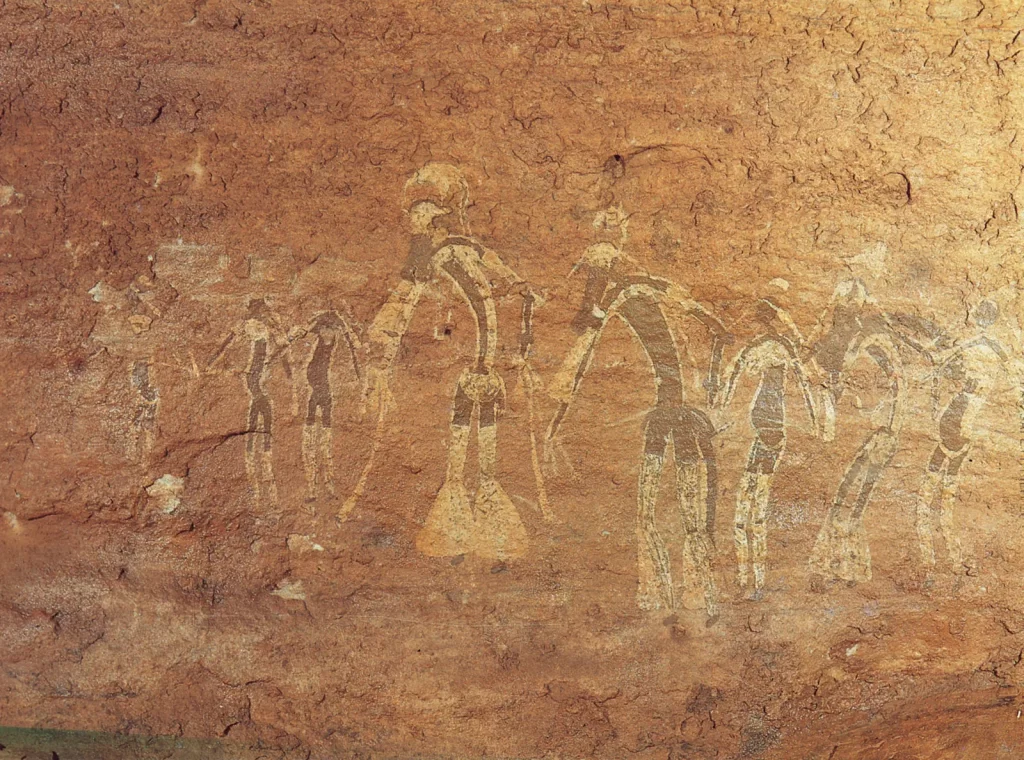


G
Rock on!